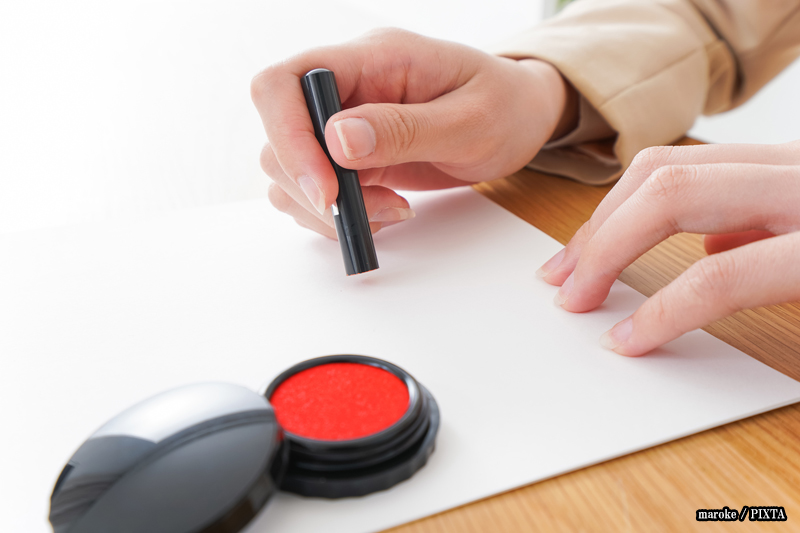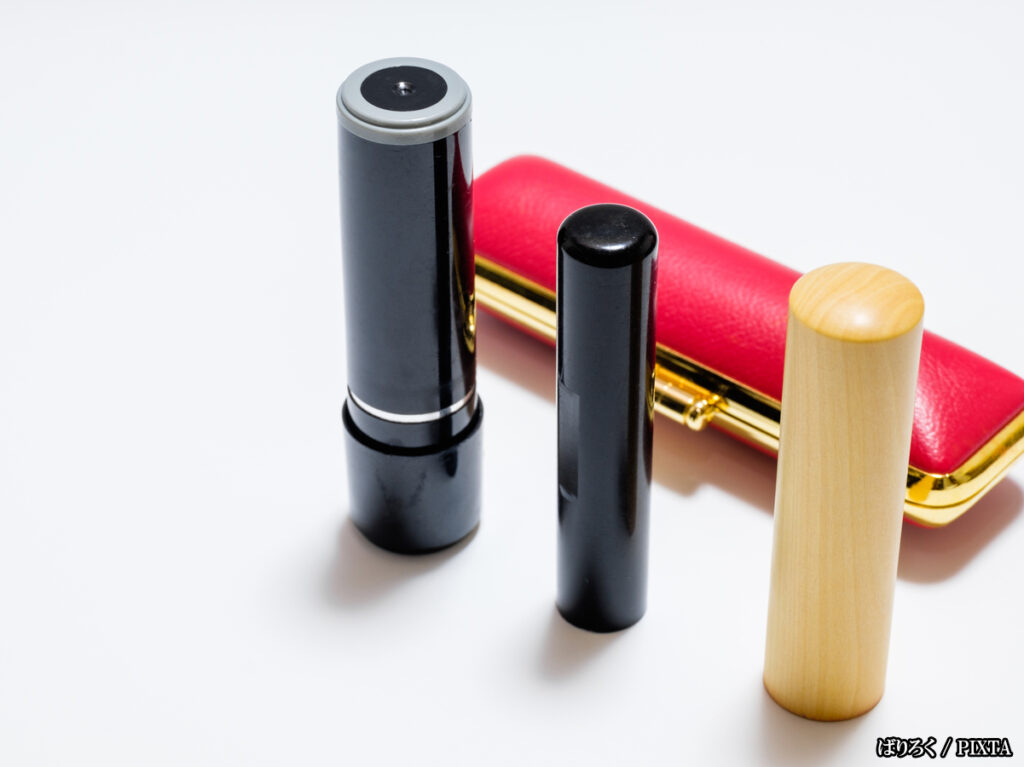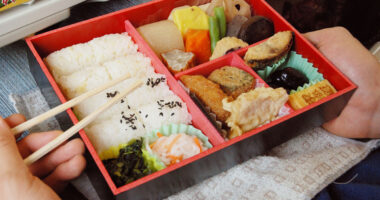For many foreign travelers, Japan can feel like a delightful blend of the traditional and modern. One of the more unique aspects of daily life here is the continued use of the hanko, a personal stamp used in place of a signature. While it may seem unfamiliar at first, understanding what a Hanko is and how to use it can make your visit smoother.
This guide provides an easy-to-follow overview of hanko usage for tourists. You’ll learn what a hanko is, when you might encounter it, and what to do if you’re asked to use one during your stay.
What is a hanko?
A hanko (also known as an inkan) is a personal seal used in Japan instead of handwritten signatures. Made from materials such as wood, plastic, or stone, it’s engraved with the user’s name, sometimes in a stylized design. The stamp is pressed into red ink and used to sign documents. People with common Japanese surnames can purchase pre-engraved hanko at many locations, but if you’re a tourist, you’ll have more limited options since you’ll need to have one custom-made.
Types of hanko in Japan
Although tourists will almost always be able to use their signature for all of their needs during their stay, here are the different types of hanko used in Japan:
Mitome-in (personal seal)
- This is the most common type.
- Used for everyday tasks such as receiving packages or signing visitor forms.
- Can be custom-made at specialized hanko shops, multi-service shops like Mister Minit, vending machines at retail chains like Don Quijote, or ordered online.
- You can either buy a traditional seal which needs separate ink or a self-inking seal which is an all-in-one solution.
Ginkō-in (bank seal)
- Often used for banking purposes.
- Registered with the bank when opening an account.
- Engraved with your name in alphabet, katakana or kanji.
- Most tourists won’t need one since they don’t qualify for opening a bank account.
Jjitsu-in (registered seal)
- Legally recognized seal registered with a local city hall.
- Used for official documents like property transfers or marriage certificates.
- Not relevant for tourists, but important to understand the distinction.

Photo for illustrative purposes
Common situations where hanko is used in Japan
In modern Japan, the use of hanko stamps has significantly declined due to the shift toward digital forms and handwritten signatures. For international tourists, most day-to-day activities—like checking into hotels or receiving packages—do not require a hanko. However, there are still a few rare situations where you might be asked to use one, especially if you’re staying in Japan for an extended period.
The following situtations may be relevant to international tourists:
Receiving redelivery of a package (reattempt after absence)
- Scenario: If you request redelivery from a courier service (e.g., Yamato, Sagawa), the delivery slip may have a space for a hanko.
- Response: A handwritten signature is usually acceptable.
Signing rental or long-term service agreements
- Scenario: If you’re signing a contract for an apartment, mobile Wi-Fi, or furniture rental.
- Response: While a signature is often accepted, some companies may request a simple name stamp for formality.
The following situtations are not relevant to people visiting Japan for tourism purposes:
Submitting forms at city or ward offices
- Scenario: Long-term residents applying for official documents such as a certificate of residence, or a My Number Card (used for national identification) or submitting reports (e.g., lost items).
- Response: There may be a field labeled “印” (seal), but most officials will allow you to sign if you say you don’t have a hanko.
Business-related paperwork (for exhibitors, vendors, etc.)
- Scenario: Signing contracts or documents for trade shows or temporary business activity.
- Response: Having a katakana name hanko can make things smoother, though not strictly required.
How to properly use a hanko
There is a proper way to use a hanko in Japan. Here are the key points:
Ink the seal properly (for traditional seals)
- Use the shuniku (red ink pad).
- Press the hanko lightly and evenly into the pad.
- Avoid pressing too hard or moving it around—it should be a clean, crisp stamp.
Stamp in the correct location
- Place the stamp inside the designated seal box on the document.
- If there is no box, place it near your handwritten name or in the corner where a signature is expected.
Ensure the orientation is correct
- The stamp should be upright (not tilted or upside down).
- Some hanko have a small marking to show which side is the top.
Hanko etiquette
- Stamp only once unless asked to do multiple copies.
- Avoid smudges—if it’s unclear, ask if you can redo it.
- Do not share your Hanko with others; it’s considered a personal item.

Photo for illustrative purposes
What to do if you’re asked to use a hanko as a traveler
As a tourist, you may not own a hanko, and that’s completely fine. Here’s how to respond in typical situations:
Politely ask if a signature is acceptable
Most places will allow you to sign by hand if you explain you don’t have a hanko. A simple phrase like: “sumimasen, hanko wa motte imasen. sain de ii desu ka?” (Sorry, but I don’t have a hanko. May I use my signature?) usually solves the issue politely and quickly.
Use your signature in katakana
Occasionally, you might be asked to sign your name in katakana. It’s not mandatory, but if you happen to know it, it could help, especially if your name is difficult to read.
Alternatives for travelers without a hanko
You don’t need to worry if you don’t have a hanko. Japan has become more accommodating to international visitors, and there are usually alternatives.

Photo for illustrative purposes
- Handwritten signatures: Accepted in most places. Occasionally, you may be asked to write out your name in full letters, especially if your signature is of the scribble type or a paraph.
- Photo ID verification: Showing your passport or an official ID may suffice.
- Digital signatures: Increasingly accepted in online transactions.
If you’re staying long-term in Japan, you may consider purchasing a hanko with your name in katakana. These are affordable and can be made quite easily, sometimes in just minutes if there’s an automated engraving service.
Final thoughts
Using a hanko is one of those uniquely Japanese customs that may seem unusual at first, but it’s a fascinating glimpse into how identity and documentation are handled here. As a foreign traveler, you’re not expected to own one—but understanding how they work, when they’re used, and how to politely navigate situations involving them can help you blend in more smoothly during your stay.
Who knows—you might even take one home as a memorable souvenir of your time in Japan.















